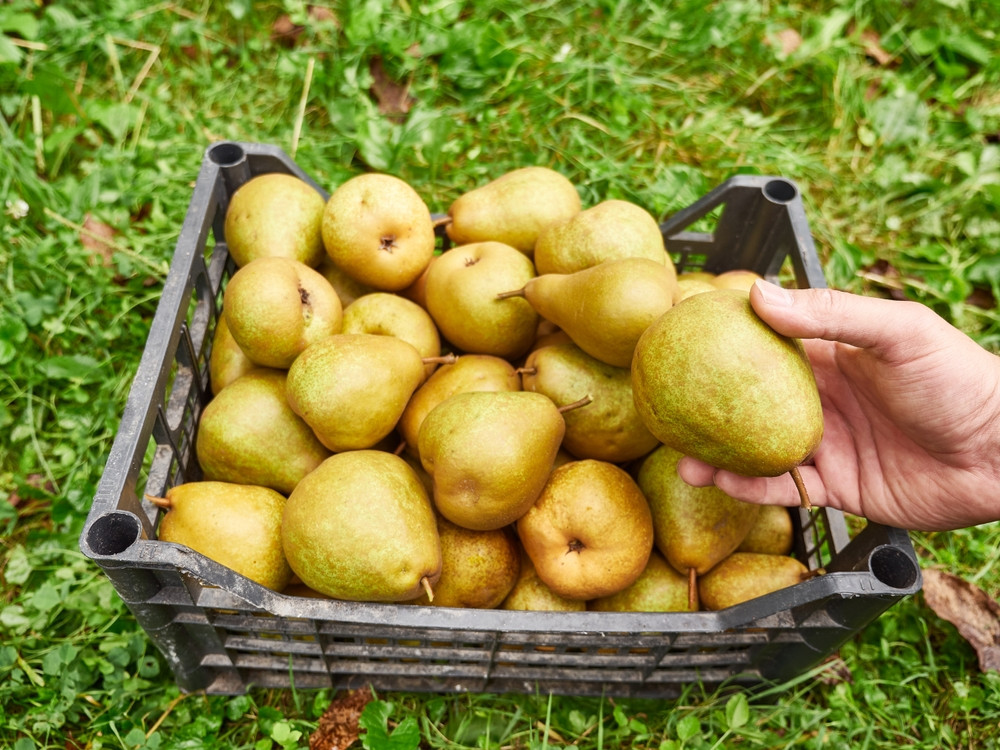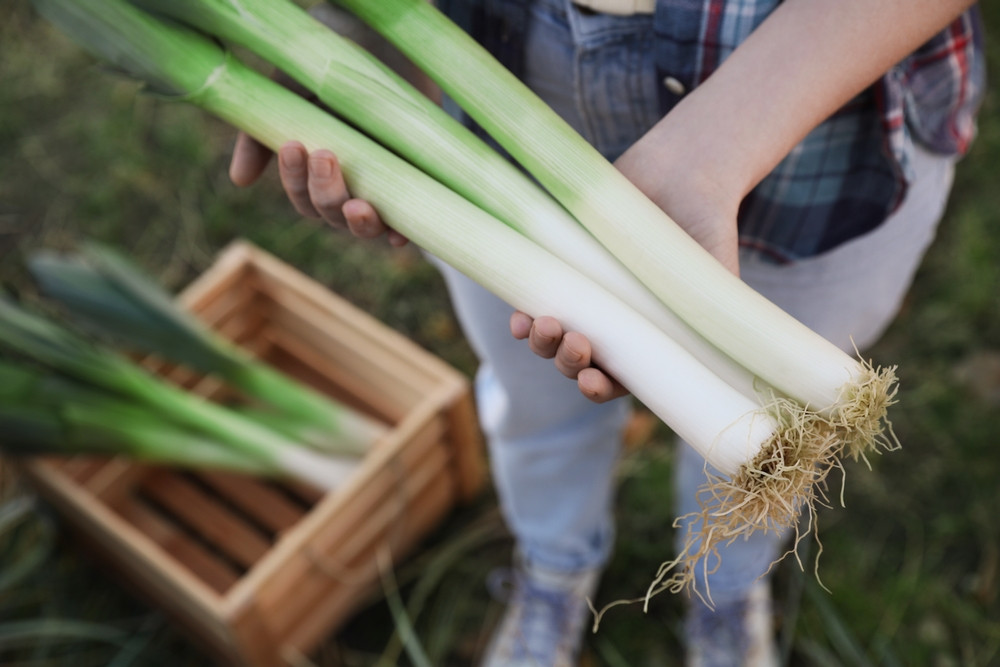October Harvest in the US

As the crisp air of autumn settles in and the leaves transform into a tapestry of reds and golds, October ushers in the harvest season across the United States. This month is a gardener's delight, offering a plethora of fruits and vegetables ready to be picked and stored for the colder months ahead. With a well-thought-out garden planner, you can maximize your harvest and ensure that your pantry is stocked for the winter. Whether you're an avid gardener or someone who loves to stock up on seasonal produce, here's a guide to what you can harvest and how to store it effectively in October.
Fruits to Harvest and Store
-
Apples: October is prime time for apple picking. Varieties like Granny Smith, Fuji, and Braeburn reach their peak flavor this month. Apples can be stored in a cool, dark place for several months. Wrap them individually in newspaper to prevent bruising and keep them from touching each other to avoid the spread of rot. Incorporating apple trees into your garden planner ensures a steady supply of this versatile fruit.
-
Pears: Late-season pears such as Bosc and Comice are ready for harvest. Unlike apples, pears are best picked when slightly underripe and allowed to ripen off the tree. Store them in a cool, dry place, and they can last for several weeks.

-
Grapes: Harvest sweet, juicy grapes before the first frost. Concord and Muscadine grapes are common varieties in the US. Grapes can be stored in the refrigerator for up to two weeks or dried into raisins for longer preservation.
-
Cranberries: These tart berries are harvested in the fall and are a staple for holiday dishes. Store them in the refrigerator for up to two months or freeze them for year-round use.
-
Persimmons: Available in late October, persimmons are a sweet treat. The Fuyu variety can be eaten while still firm, while Hachiya persimmons should be fully ripe and soft. Store them at room temperature until ripe, then refrigerate to extend their shelf life.
Vegetables to Harvest and Store
-
Pumpkins and Winter Squash: October is synonymous with pumpkins. Harvest pumpkins and varieties of winter squash like butternut, acorn, and spaghetti squash. Cure them in a warm, dry place for about 10 days to harden the skin, then store in a cool, dark place for several months.
-
Root Vegetables:
-
Carrots: Late-season carrots are sweeter due to the cooler temperatures. Remove the greens and store carrots in sand or moist sawdust in a cool place to keep them crisp.
-
Beets, Turnips, and Parsnips: These can be left in the ground until you're ready to use them or harvested and stored like carrots.
-
Potatoes and Sweet Potatoes: Dig them up before the ground freezes. Cure them in a warm, humid place for a week, then store in a dark, cool area.
-
-
Onions and Garlic: Once the tops have died back, onions and garlic are ready to harvest. Cure them by drying in a well-ventilated area, then store in mesh bags or braid the tops for hanging.
-
Cabbage and Brussels Sprouts: These cold-hardy vegetables can withstand light frosts. Harvest when the heads are firm. Store cabbage in a root cellar or refrigerator; Brussels sprouts can be left on the stalk and stored in a cool place.
-
Leafy Greens:
-
Kale and Collards: These greens actually become sweeter after a frost. Harvest the outer leaves and store in the refrigerator for up to a week.
-
Leeks: Harvest leeks as needed. They can tolerate cold weather but should be dug up before a hard freeze. Store them in sand in a cool place.
-

Tips for Successful Storage
-
Temperature and Humidity: Most root vegetables prefer cool (32-40°F) and moist conditions. Use a root cellar or a refrigerator crisper drawer. Squash and pumpkins prefer slightly warmer temperatures (50-55°F) and dry conditions.
-
Avoid Ethylene Gas Producers: Fruits like apples and pears emit ethylene gas, which can hasten the ripening and spoilage of other produce. Store them separately.
-
Regular Checks: Inspect stored produce regularly for signs of spoilage. Remove any items that show mold or rot to prevent it from spreading.
Embrace the Harvest
October's harvest offers an opportunity to embrace seasonal eating and preserve the flavors of fall. By harvesting and storing these fruits and vegetables properly, you can enjoy nutritious, home-grown produce well into the winter months. So, grab your baskets and spades, consult your garden planner, and make the most of this abundant season!


